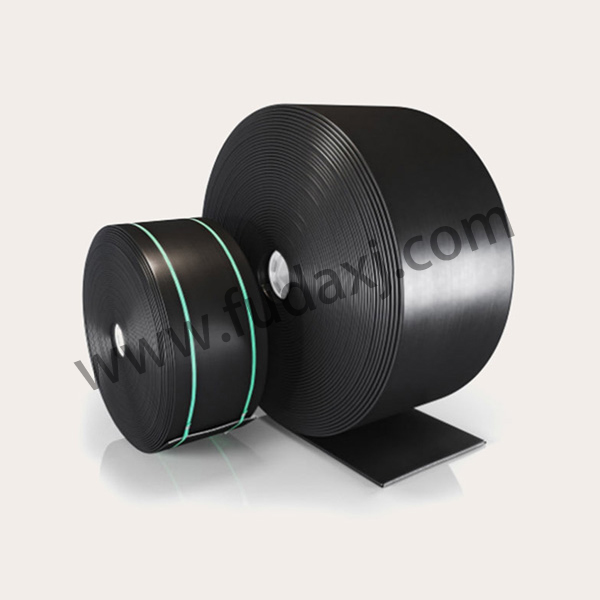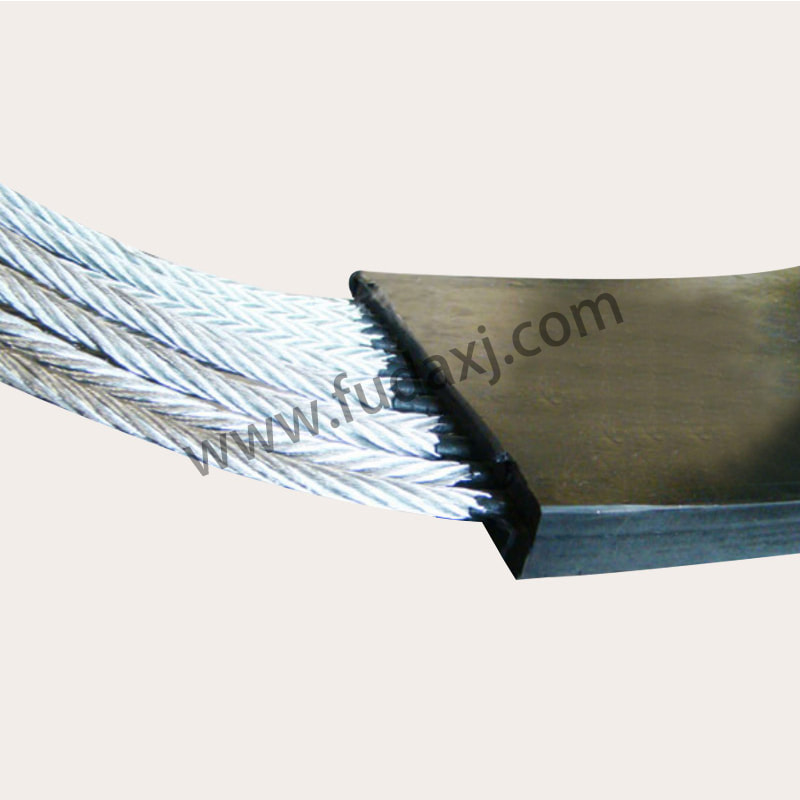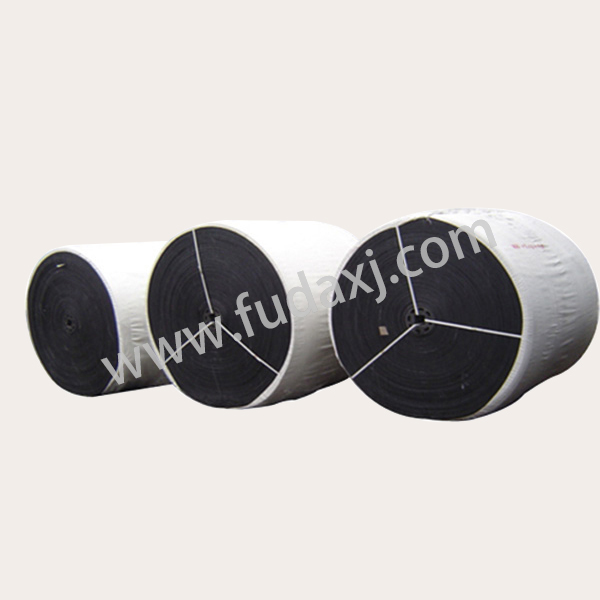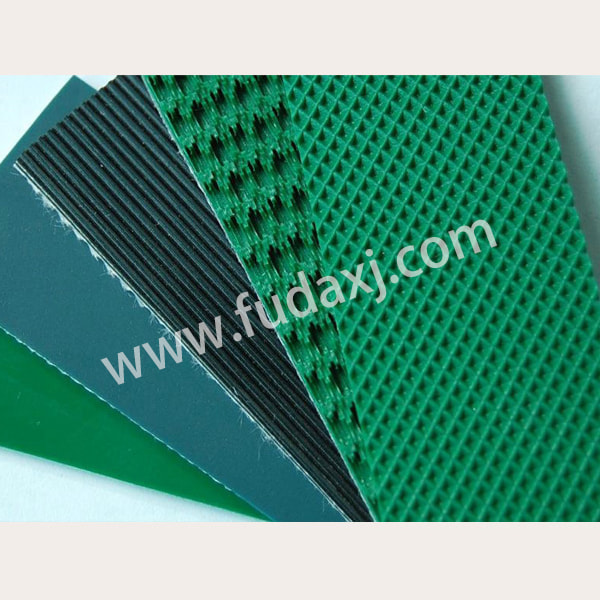
During the operation of the conveyor, the load on the conveyor belt is extremely complex. In addition to the longitudinal tensile stress, it is also subjected to the bending stress of the roller and the idler. Most of the conveyor belt's failure is manifested as the working surface. Layers and edges are worn away, and the impact of large and sharp materials causes breakdown, tearing and braking. A reasonable choice of conveyor belt is very important to the design of the conveyor.

The selection of the conveyor belt is carried out according to the line layout of the conveyor, the conveyed materials and the conditions of use. Reasonable selection of conveyor belts is not only essential to complete the conveying task of the conveyor, but also affects the design of mechanical components such as conveyor rollers, idlers, and moving devices. The basic conditions that the conveyor belt should achieve are:
1) There must be sufficient tensile strength and elastic modulus to achieve the required transmission power for conveying the material within the required distance and the operating elongation that is allowed by the maximum load under load.
2) The covering rubber on the bearing surface must withstand the load impact of the load-bearing object, and once it can help restore elasticity, the covering rubber can have sufficient friction with the roller during transmission.
3) It can be connected into a ring.
4) There must be dimensional stability to make the conveyor belt run smoothly.
5) It must be flexible, and the purpose is to bend around the drum in the length direction. If necessary, it is desirable to form a groove shape in the transverse direction.
6) There is good adhesion between the components to avoid discomfort.
7) Good tear resistance and scratch resistance.
8) It must have good load support and sufficient width to meet the type and volume required for transportation of materials.
9) Some specific working conditions require the conveyor belt to have abrasion resistance, heat resistance, flame retardancy, oil resistance and odor resistance. Food conveyor belts should be easy to clean.
 English
English 简体中文
简体中文 Español
Español عرب
عرب
 English
English






 Fax: 0086-576-83019528
Fax: 0086-576-83019528